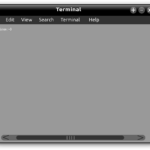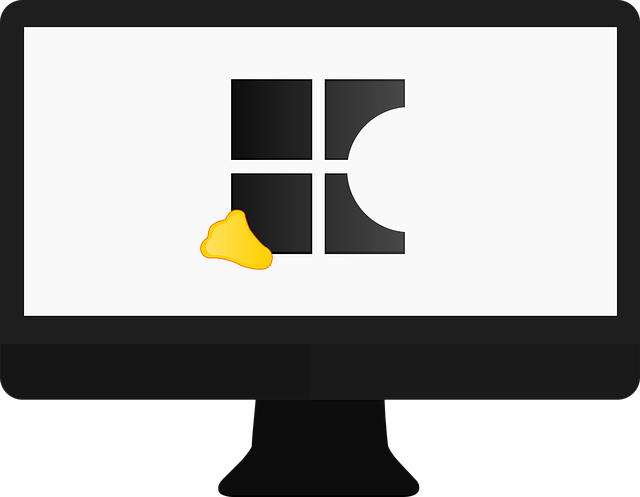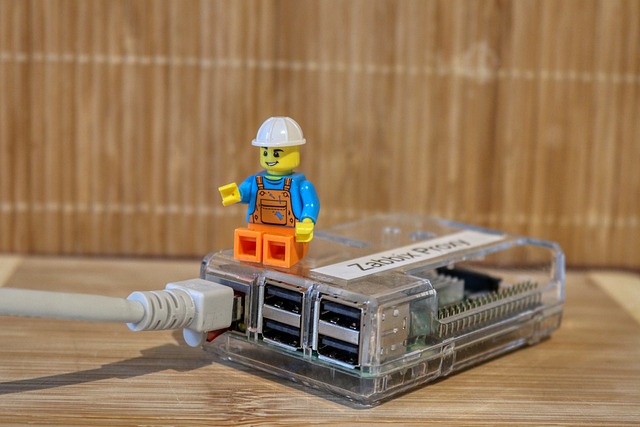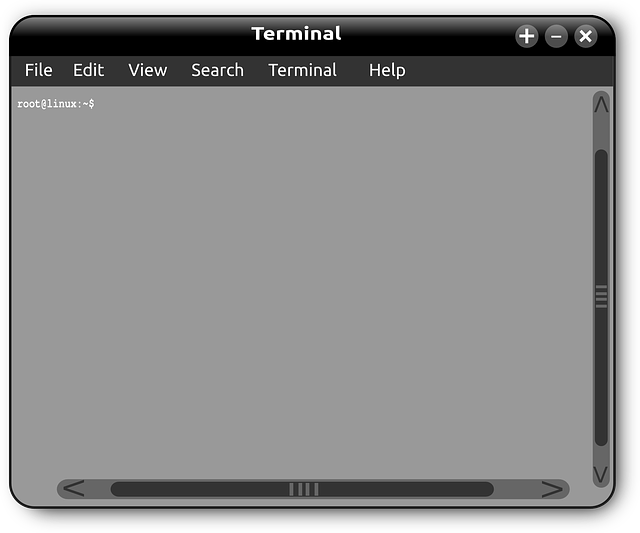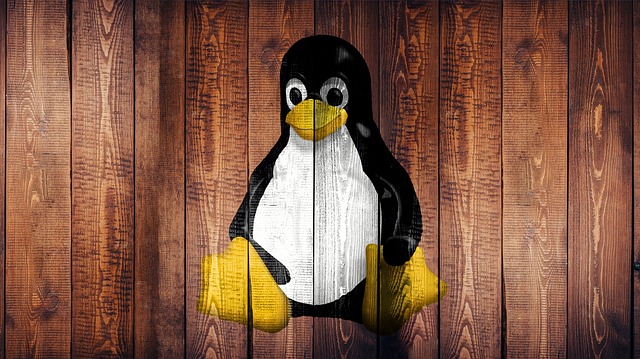Slackware Linux remains at the forefront of the Linux distribution landscape by maintaining its commitment to POSIX compliance and traditional system administration. It offers advanced file systems like Btrfs, which enhances data management through snapshotting, subvolume management, and robust checksum features for improved data integrity and recovery. Btrfs's space-efficient copying feature is particularly beneficial for transitioning from ext4 without redundancy. Additionally, Slackware supports F2FS, which is optimized for solid-state drives, offering intelligent data placement to minimize wear on flash memory, making it a durable option for SSD users. The inclusion of ZFS further bolsters Slackware's file system capabilities with comprehensive data protection and efficiency features, including high-performance compression, advanced RAID configurations, and end-to-end integrity checks. These advancements not only maximize storage space but also ensure data continuity across redundant disks, catering to users with large datasets or those in virtualized environments. XFS is highlighted for its exceptional performance with large files, making it suitable for databases and multimedia applications. F2FS, on the other hand, is tailored for SSDs with wear leveling and garbage collection features to prolong flash-based storage lifespan. These file systems underscore Slackware Linux's dedication to providing robust, modern tools that prioritize efficiency and reliability in a variety of computing scenarios.
Dive into the intricacies of data management with our comprehensive exploration of advanced file systems tailored for Slackware Linux. This article delves into the robust capabilities of modern file systems, emphasizing Btrfs and ZFS, which offer unparalleled control over data organization. Furthermore, we shed light on the high-performance applications of XFS and F2FS, essential components for optimizing storage in Slackware environments. Join us as we navigate through these sophisticated file systems, ensuring your data is not just stored, but expertly managed.
- Exploring the Capabilities of Advanced File Systems in Slackware Linux
- Mastering Data Organization with Btrfs and ZFS on Slackware
- The Role of XFS and F2FS in High-Performance Storage Environments on Slackware
Exploring the Capabilities of Advanced File Systems in Slackware Linux

Slackware Linux has long been a stalwart in the Linux community, renowned for its adherence to POSIX standards and traditional system administration practices. It provides users with access to some of the most advanced file systems available, which are pivotal for efficient data organization and management. Btrfs, an exemplary file system supported by Slackware, offers robust features such as snapshotting, subvolumes, and checksums on metadata and data. This allows for better data integrity and recovery options, a boon for users handling critical data. Additionally, the file system supports advanced features like space-efficient copying, which can save disk space by copying ext4 filesystems to Btrfs without duplicating data blocks already present. Another highlight is the integration of F2FS, the Flash-Friendly File System optimized for solid-state drives (SSDs). Designed specifically for flash memory, it excels in write performance and longevity, which is particularly beneficial for Slackware users leveraging SSDs for their durability and speed. The file system’s smart placement of data across the memory blocks ensures minimal wear, making it an ideal choice for long-term use on devices with flash memory. These capabilities demonstrate that Slackware Linux remains at the forefront of providing users with cutting-edge file systems that facilitate superior data organization and management. Users of Slackware Linux can thus harness these advanced file systems to optimize their storage solutions, ensuring both efficiency and reliability in their computing environments.
Mastering Data Organization with Btrfs and ZFS on Slackware

Slackware Linux, a distribution renowned for its adherence to the Unix philosophy and the purity of its package management system, offers users the opportunity to leverage advanced file systems like Btrfs and ZFS for sophisticated data organization. Btrfs, or B-tree File System, stands out with its robust snapshotting capabilities, allowing for enhanced data integrity and backup solutions without compromising on performance. It provides a level of flexibility that is ideal for developers and system administrators who require snapshot management tools such as `btrfstune` and `btrfs subvolume`. These tools enable users to create and manipulate subvolumes, which can be used for partitioning data in a manner that traditional file systems cannot.
Complementing Btrfs is ZFS, a system that offers comprehensive data protection and efficiency features. ZFS on Slackware Linux brings to the table features like high-performance compression, advanced RAID-Z configurations, and end-to-end data integrity checks via checksums. This combination of features not only optimizes storage space utilization but also ensures that data remains intact across redundant disks. For Slackware users who prioritize data reliability and are seeking a sophisticated file system to manage their data, ZFS is an exceptional choice. It is particularly beneficial for those managing large datasets or virtualized environments where resilience and scalability are paramount. The integration of ZFS in Slackware is facilitated by tools like `zfs` and `zpool`, which provide a user-friendly interface to manage file systems, storage pools, and their properties. Mastering these advanced file systems on Slackware Linux can lead to a more organized and resilient data infrastructure for users who demand the highest levels of performance and reliability from their computing environment.
The Role of XFS and F2FS in High-Performance Storage Environments on Slackware

In high-performance storage environments within Slackware Linux, the XFS file system stands out as a robust and highly scalable option. XFS is engineered to manage vast amounts of data with efficiency, making it particularly well-suited for large files and databases. Its ability to handle file sizes that exceed the terabyte range, along with its support for extended attributes, access control lists, and journaling, positions it as a go-to for workloads demanding high throughput and I/O operations. Additionally, XFS’s space and extents layout are optimized for large files, which is beneficial for multimedia content and databases that characterize heavy data environments.
F2FS, on the other hand, is designed with flash-based storage devices in mind, offering an optimal solution for solid-state drives (SSDs) in Slackware Linux. It is tailored to manage the unique characteristics of SSDs, such as wear leveling and garbage collection, which are essential for extending the lifespan of these devices. F2FS’s space-conscious allocation method and its efficient use of file system metadata make it a high-performance choice for mobile devices and embedded systems that run Slackware Linux. Its architecture is designed to minimize random I/O operations, which is crucial for ensuring sustained performance in scenarios with frequent read and write requests. Both XFS and F2FS are integral components for optimizing data organization and access within the flexible and customizable environment of Slackware Linux, catering to diverse storage needs with their specialized advantages.
In conclusion, Slackware Linux users have access to a suite of advanced file systems that significantly enhance data organization and storage performance. The exploration of capabilities like those found in Btrfs and ZFS showcases their potential for sophisticated data management tasks within the Slackware environment. XFS and F2FS further exemplify their reliability and efficiency, particularly in high-demand storage scenarios. By mastering these file systems, users can optimize their Slackware experience, ensuring that their data is not only well-organized but also protected and accessed with maximum speed. These file systems represent a leap forward in managing the complexities of modern data storage needs on Slackware Linux.





